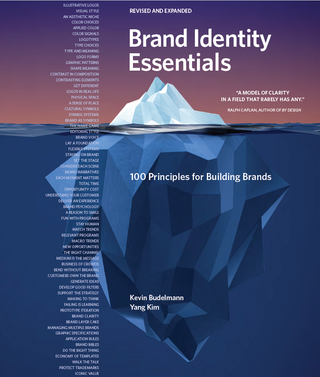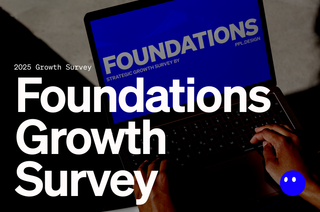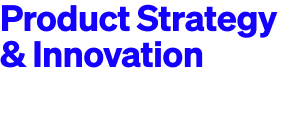
Peopledesign
The Built Environment
Furniture
Lighting
Textiles/Upholstery
Flooring/Carpet
Building Materials
AE Firms
Built Environment Insights

Our insights are based on years of industry research, combined with our experience and expertise. We speak, teach, write, and create tools to help you with your business strategy, brand identity, and marketing programs.


Our Foundations Strategic Growth Survey helps companies that support the built environment grow and address the key challenges they face today.

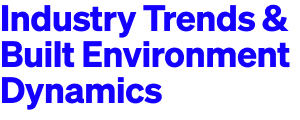
Consolidation is Restructuring the Industry
The Future of Work
Adopting an Industry Narrative
What's next for Office Furniture
Beyond NeoCon
Value Chain Collapse and Opportunity
The Push to Retail
Second Cities
Let’s Make a Deal
What Did We Learn from WeWork?
No NeoCon. Now What?
Privacy in the Open Office
The Landscape of Furniture and Work
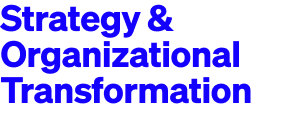
Making Strategy Actionable
Growth Cycles
Beyond Optimization
Strategy That Fits
New Leadership Priorities
What is Positioning?
The Industrial Mindset
Growth Innovation
Productive Progress
Top-Line Growth
Change and Choice
Transformation and Identity
The Need to Get Different
The Important Things Are Nobody’s Job
Sparking Growth
Accelerated Change
Changing Expectations for B2B
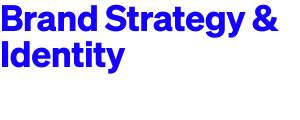
Too Many Brands
Brands, Beliefs, and Experience
Brand Meaning
Brand Psychology
Say What You Mean
Brand Evolution
Creating Brand Standards
Brand IP
Challenger Brands
Brand and Customer Identity
Authentic Brand Engagement
Nonverbal Branding
Your Inner Brand
Brand Forward
Brand is Not a Garnish
Regional Branding
Branded Environments
Brand Love
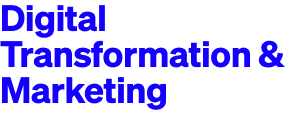
Rethinking the Marketing Budget
Websites are Infrastructure
Digital Specification Shapes Marketing
A&D Product Imagery
Digital Transformation
The Wisdom of Salespeople
Sales vs Marketing Approach
Segment Marketing
B2B Digital Marketing Guide
The Brand Bermuda Triangle
Digital Strategies for B2B Brands
Above the Market Noise
What Would Amazon Do?
Rethinking Product Sampling
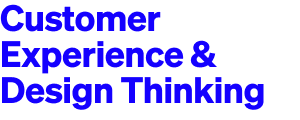
Please Rate Your Experience
Absorbing Complexity
25 Lenses for Experience Design
UX of Work
Customer Experience Systems
Connect with Your Customer
Measured Success
Design Thinking
The Reach of Design
The Creator Lever
Make Research Actionable
New Problems
Creating the New
Customer Experience Planning
Experiences, Large and Small
What's the Problem?
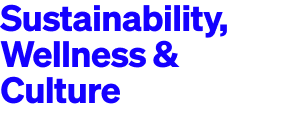
Sustainability: Obligation and Opportunity
Bridging the Sustainability Gap
Meaningful Engagement
Happy Banana, Sad Banana
Health and Wellness Opportunities
Sustainable Brands
Authentic Sustainability
Sustainably Different
Office Ergonomics, Health, and Wellness
Transformational HR
What is Employer Branding?
Meaningful Talent Acquisition
Human-Centered Design in HR
Achieving Balance

Brand Identity Essentials is available in six languages. Now in its second edition.
“A model for clarity in a field that rarely has any.”
– Ralph Caplan, Author of The Design of Herman Miller
